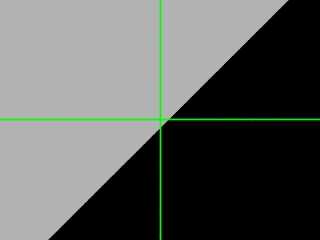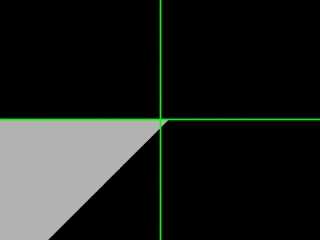This question would have been better posted in p.u.patches, but since it's
much easier to explain with images, I'll just post this question here.
I have problems understanding the & operator in isosurface functions.
I had the impression that it's equivalent to the CSG intersection, ie.
"f1(x,y,z) & f2(x,y,x)" is 'solid' or true at a specific <x,y,z> if and
only if both f1(x,y,z) and f2(x,y,z) are 'solid'/true at that point. This
is equivalent to the intersection CSG.
So if I have this function:
function { y-x }
I get this:
Post a reply to this message
Attachments:
Download 'func1.jpg' (8 KB)
Download 'func2.jpg' (9 KB)
Download 'func3.jpg' (7 KB)
Preview of image 'func1.jpg'

Preview of image 'func2.jpg'

Preview of image 'func3.jpg'

|




![]()